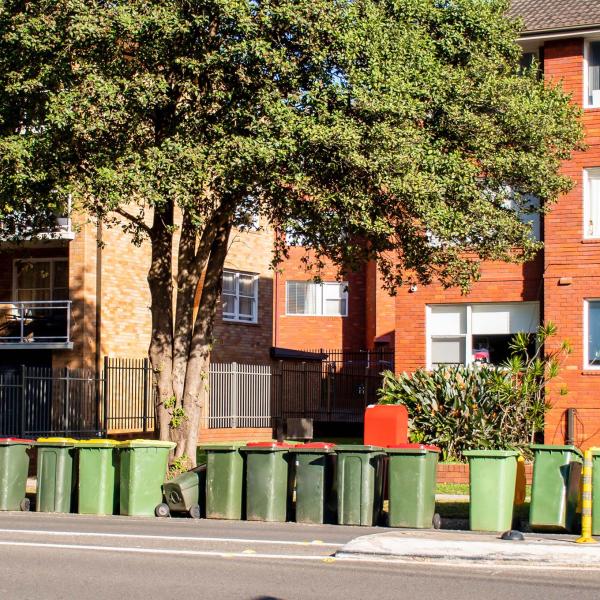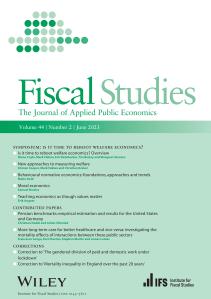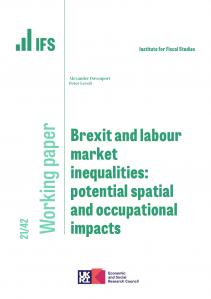In a new report, funded by the Economic and Social Research Council, IFS researchers find that English councils’ finances held up much better during the first year of the COVID-19 pandemic, 2020–21, than previously thought. This finding has important implications for local government funding policy in the coming year, and for how the government should respond if councils face another extreme adverse shock in future.
Since the pandemic started, the government has been surveying councils about its financial impact. In the latest available survey – from April 2021 – councils reported that the COVID-19 pandemic had increased their net spending on non-education services during 2020–21 by approximately £7.8 billion. However, official expenditure and income data published last month suggest that net spending increased by only £4.1 billion more than we would have expected in the absence of the pandemic – a much smaller, although still sizeable, increase.
This does not mean councils were purposefully overestimating the costs of the COVID-19 pandemic in their survey responses. The survey asked for areas where spending was higher and income lower as a result of the pandemic – and not areas where spending was lower, for example due to temporary closures of services or reductions in demand. But given the surveys were used to inform how much funding the government provided to local government, councils did have an incentive to err on the higher side when estimating the likely financial impacts.
This link between survey-based estimates and the funding provided to local government also means that overall English councils received billions more in funding than their net expenditure actually increased by. Thus while some councils had to draw down their reserves and seven had to ask for special temporary borrowing powers from the government in 2020–21, councils as a whole were able to pay substantially more into their reserves last year than had been anticipated prior to the pandemic.
The report highlights two key implications of these findings.
- First, English local government as a whole started the current financial year in a financially more resilient position than is typically appreciated. The fact that councils’ spending increased by less than expected and they were therefore able to pay into reserves in 2020–21 may explain why the government has so far been unwilling to fully fund councils’ reported financial pressures this year. The government may not see councils’ survey responses as a reliable guide to the net spending pressures being faced. And it may feel that they could draw down the additional reserves accumulated in 2020–21 to meet any unmet pressures that do exist.
- Second, the government may want to respond differently if another extreme adverse shock affects councils in future. For example, it would almost certainly find it useful to survey councils again about financial impacts but should ask about areas where spending was lower (or income higher) as well as about costs. Rather than provide up-front funding, the government could also relax borrowing rules and compensate councils after the event, using vetted financial information to do so.
The report also looks at how the financial impact of the COVID-19 pandemic varied across services and across councils. Relative to what may have been expected in the absence of the pandemic, central and other services (+£1.3 billion), adult social care services (+£0.9 billion) and highways and transport (+£0.8 billion) saw the biggest increases in net expenditure – although in the last case this was the result of a fall in the contribution of parking income to costs.
Changes in gross expenditure, income from sales, fees and charges, and hence net expenditure varied substantially across councils – and especially smaller shire district councils. For example, while just over one-in-ten shire districts saw their reported net spending fall, one-in-four saw it increase by 40% or more. These differences in impacts, together with differences in assets and liabilities going into the pandemic, help explain why some councils have faced particular financial difficulties at a time the sector as a whole appears to have been more financially robust than expected.
In addition, the data suggest that unlike their larger counterparts with responsibility for social care services, smaller shire district councils were not significantly ‘over-compensated’ for the in-year financial impacts of the COVID-19 pandemic in 2020–21. This reflects the fact that a much larger share of the impact faced by them consisted of falls in sales, fees and charges income – which were only partially compensated for.
David Phillips, an Associate Director at IFS and an author of the report, said:
‘The COVID-19 pandemic has had a significant financial impact on English councils – pushing up their net spending on non-education services by approximately £4.1 billion in its first year, 2020–21. However, this is much less than councils’ own previous estimates suggested, and means that English local government as a whole saw its funding from central government increase by substantially more than its costs last year.’
Kate Ogden, a Research Economist at IFS and another author, said:
‘The fact councils as a whole were able to build up reserves in 2020–21 means that the sector’s financial position was not quite as precarious going into this year as is sometimes claimed. And it means the government’s decision not to meet this year’s reported financial pressures in full is not unreasonable.
‘But this approach may not work for all councils – some have been particularly hard hit and faced real financial difficulties. And the government shouldn’t be too sanguine about the longer-run picture for council funding. As our previous work has shown, with rising demands and costs for adults’ and children’s social care in particular, councils will struggle to raise enough themselves via council tax in the coming years, especially in poorer parts of the country.’










